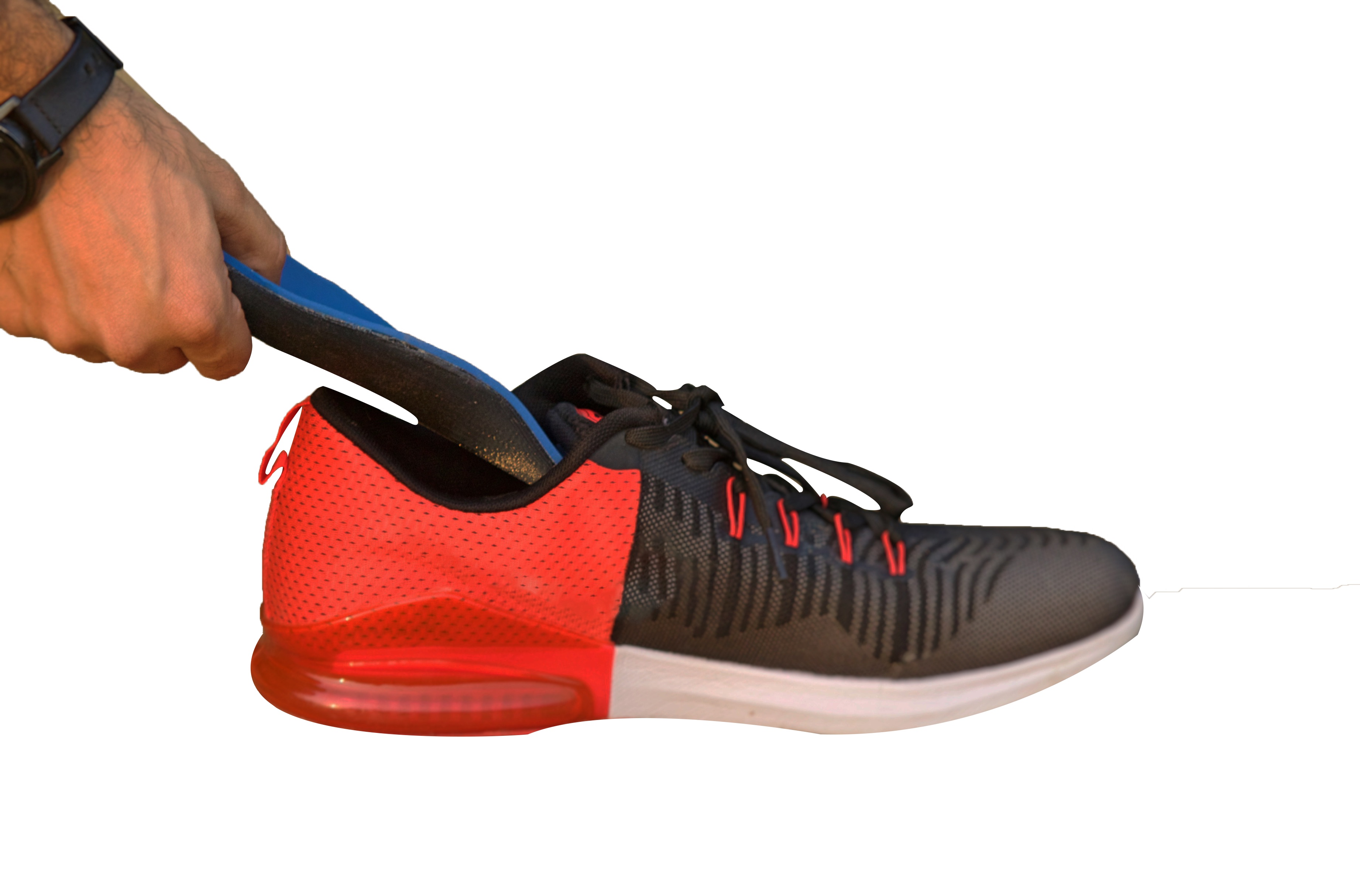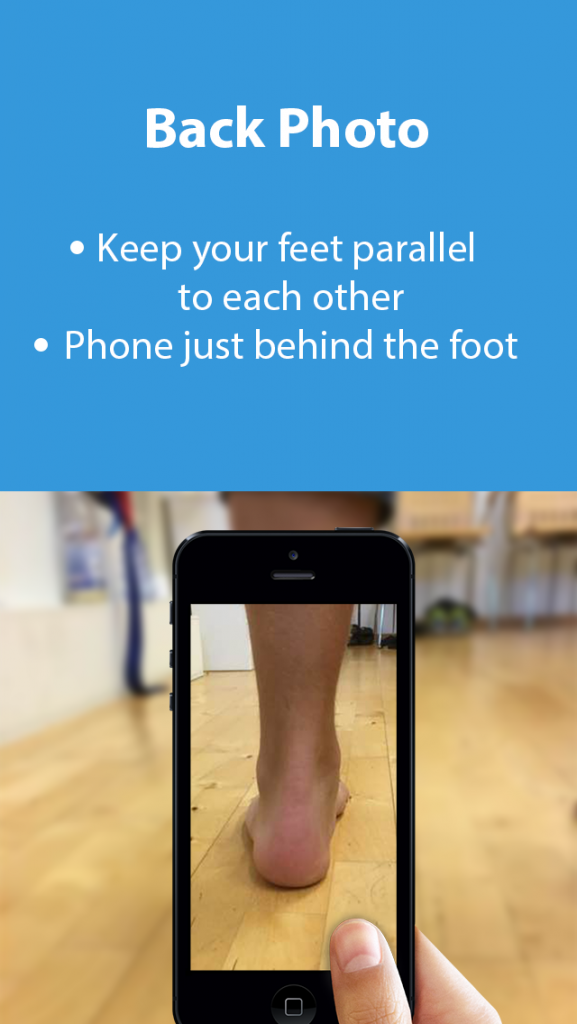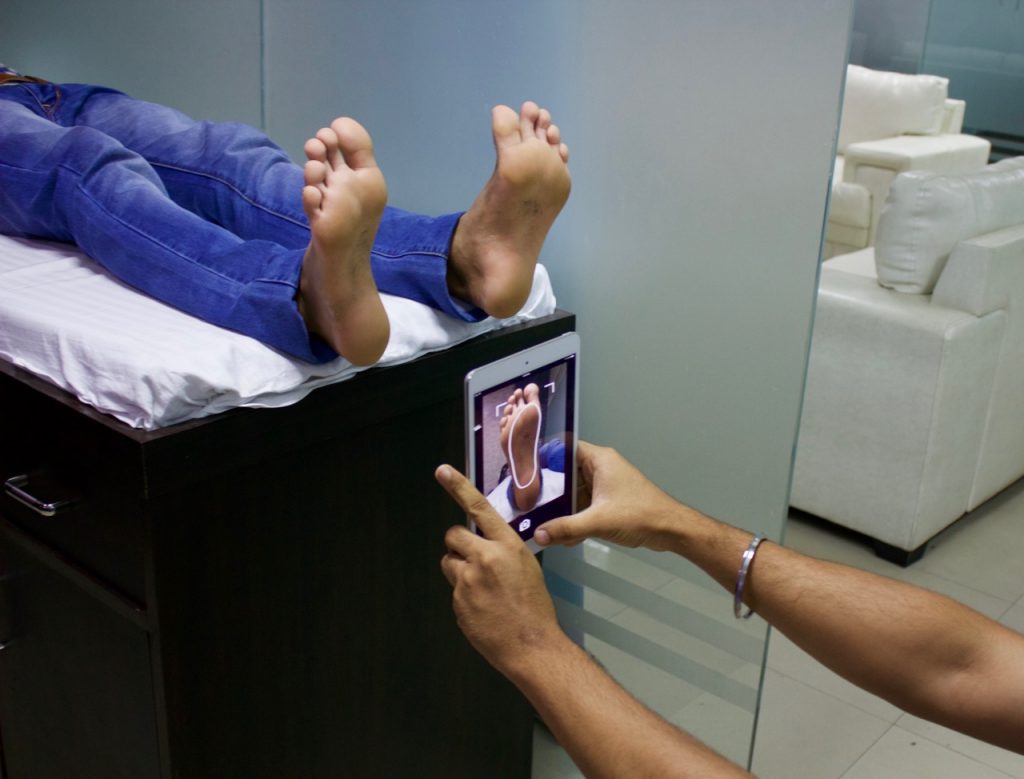 Insoles and orthotics generally are looking to be the next area where 3D printing will play a role. As with hearing aids and dental crowns a custom shape needed to fit a patient perfectly can cost-effectively be created through 3D printing. Usually, 3D printing is best at rather small items and insoles are a newer large size than the mass customized things that have been 3D printed thus far in their millions. Insoles have as an advantage however that they’re very flat so require few layers to print, improving the business case significantly. I find it strange that we pay hundreds of dollars for shoes that only come in a handful of sizes. Things such as orthotics and custom insoles can be more costly still. It is clear at this point that 3D printing can provide us with the accuracy, strength and performance needed to endure as a working insole. Whats more with variable density insoles different points of the foot could have different densities through different infill which will give you performance that conventional insoles lack. It is also clear that scanning and 3D scanning could give many people access to custom-made insoles. What is not clear is how to do this and who will succeed in the space. Jabil and Superfeet, Wiiv, Indian startup Shapecrunch thinks it may have the answer by combining 3D printing with scanning using your phone. We covered Shapecrunch earlier when they first came to our attention in January, Can they succeed where others have failed? We interviewed Nitin Gandhi the CEO of Shapecrunch to find out more.
Insoles and orthotics generally are looking to be the next area where 3D printing will play a role. As with hearing aids and dental crowns a custom shape needed to fit a patient perfectly can cost-effectively be created through 3D printing. Usually, 3D printing is best at rather small items and insoles are a newer large size than the mass customized things that have been 3D printed thus far in their millions. Insoles have as an advantage however that they’re very flat so require few layers to print, improving the business case significantly. I find it strange that we pay hundreds of dollars for shoes that only come in a handful of sizes. Things such as orthotics and custom insoles can be more costly still. It is clear at this point that 3D printing can provide us with the accuracy, strength and performance needed to endure as a working insole. Whats more with variable density insoles different points of the foot could have different densities through different infill which will give you performance that conventional insoles lack. It is also clear that scanning and 3D scanning could give many people access to custom-made insoles. What is not clear is how to do this and who will succeed in the space. Jabil and Superfeet, Wiiv, Indian startup Shapecrunch thinks it may have the answer by combining 3D printing with scanning using your phone. We covered Shapecrunch earlier when they first came to our attention in January, Can they succeed where others have failed? We interviewed Nitin Gandhi the CEO of Shapecrunch to find out more.
How did you get started?
Every 1 in 4 people has some foot problem related to biomechanics such as Flat feet, Plantar Fasciitis etc. Every 30 seconds a diabetic foot is amputated in the world. Moreover, the foot related problems are responsible for back, neck and knee pain. Still getting anything custom made for a foot is a huge challenge. The process of making custom shoe inserts (or insoles) is very manual, has huge setup cost, and takes 30-45 minutes of time for any doctor.
I’m flat-footed, and in 2015 went through the experience of getting an insole. When the insole came out it was not so good. At that time, since I was already running a 3D printing company, I along with his partners who are mechanical engineers Jatin and Jiten founded Shapecrunch. Later Arunan, a Biomedical engineer also joined them.
Shapecrunch digitized the complete process of making custom foot insoles with 3D Printing and a Computer Vision algorithm.
Doctors use Shapecrunch’s free app -available on android and iPhone to take just 3 pictures of patient’s foot, add patient’s bio and upload a prescription. Shapecrunch using its smart proprietary algorithm converts the images into a 3D model of the insole, which is then 3D printed. The process of taking images and using the app takes just 7 minutes.
For the technology, Shapecrunch did clinical research with the Rehabilitation wing of All India Institute of Medical Sciences (AIIMS) and for a bigger trial, also got a grant from BIRAC.
Shapecrunch started selling in the market in early 2017. So far more than 2000 patients are wearing Shapecrunch’s Insoles. Because everything is remotely done with app, any doctor/patient can download the app, click foot images and prescription pic, Shapecrunch can create custom insoles for many people. As the data is being stored digitally, the patients can order another pair anytime. Every 1 in 4 customers orders another pair for different shoes within 6 months.

What 3D printing technology do you use?
We use FDM 3D Printing technology. All machines are assembled by us so that they can print flexible material perfectly.
What materials do you use?
Shapecrunch uses flexible 3D printed material for making your customized insoles. Thermoplastic polyurethane (TPU) is any of a class of polyurethane plastics with many properties, including elasticity, transparency, and resistance to oil, grease and abrasion.The upper layer is made from PORON®, a breathable, shock-absorbing material which cushions the foot and has anti-microbial properties to keep feet feeling fresh and healthy.
Whats the workflow for me as a customer?
We are having alliances with podiatrists all across the world who can use our technology to scan patient’s feet, upload prescription and we design and 3D print the insoles. Customers can either go to our alliance partners around their area or can download our app and our in-house team which has orthotist, physio and orthopedic looks at the feet.



What is the benefit for me as a consumer?
We do advance customization which is not possible with traditional ways of making insoles. The computer vision algorithm gives us the boundary curves and machine learning provides us with the inner curves we also take into account age, weight, height, pain areas of the patient. With the machine learning algorithm, we get a variable density profile which goes into making the file 3D printing.
How long do the orthotics last?
Orthotics easily last for up to 2 years for moderate use and 1 to 1.5 years for athletes and heavy users. We do provide a 6 months warranty.

How do you partner with the orthotics community?
As of now, we are participating in medical conferences and exhibiting our product and technology. So far, almost all the podiatrists and physiotherapists care a lot about how it can solve their patients’ problem. We also focused a lot on that.
What kind of ailments are you targetting?
Shapecrunch is making Custom insoles for Flat Feet, Supination, Plantar Fasciitis, Diabetic Foot, Corn and Callus, Leg Length
Discrepancy, Knocked Knee and other biomechanical related problems.
Where do you wish to roll out the product?
We are already growing fast in India and Singapore and have 50+ clinics using our technology. We are starting in the US soon and plan to have it as our primary market.
Will you integrate sensors into it?
Yes, It’s already under development we are launching it in next 3 months for doctors for diagnostic purposes and as an additional tool for analysis. Later we plan to introduce a consumer version as well.
What about variable density insoles?
All our insoles are variable density. Density at different areas is determined from a variety of parameters such as age, weight, height, pain areas etc.
Will everyone wear these?
More than 2500+ people are wearing shapecrunch’s insoles for foot problems, for sports, marathoners and some just for comfort. For each of our customers, a fully customized solution has been provided to improve biomechanics. So definitely, it should be worn by everyone who needs them.
Subscribe to Our Email Newsletter
Stay up-to-date on all the latest news from the 3D printing industry and receive information and offers from third party vendors.
You May Also Like
3D Printing Financials: Fathom Struggles in Financial Quicksand During Critical Transition
Facing a year of key transitions and financial pressures, Fathom (Nasdaq: FTHM) has filed its annual report for 2023 with the U.S. Securities and Exchange Commission (SEC). The document outlines...
Latest Earnings Overview for Australian 3D Printing Firms Titomic and AML3D
Australian 3D printing manufacturing firms Titomic (ASX: TTT) and AML3D (ASX: AL3) reported their financial results for the period from July to December 2023, marking the first half of their...
3D Printing Webinar and Event Roundup: April 7, 2024
Webinars and events in the 3D printing industry are picking back up this week! Sea-Air-Space is coming to Maryland, and SAE International is sponsoring a 3D Systems webinar about 3D...
3D Printing Financials: Unpacking Farsoon and BLT’s 2023 Performance
In the Chinese 3D printing industry, two companies, Farsoon (SHA: 688433) and Bright Laser Technologies, or BLT (SHA: 688333), have recently unveiled their full-year earnings for 2023. Farsoon reported increases...































